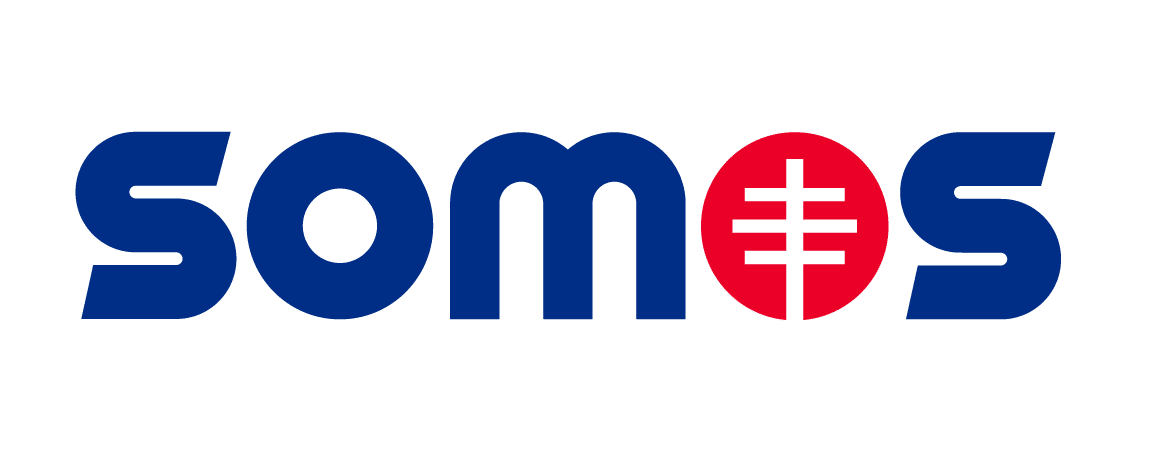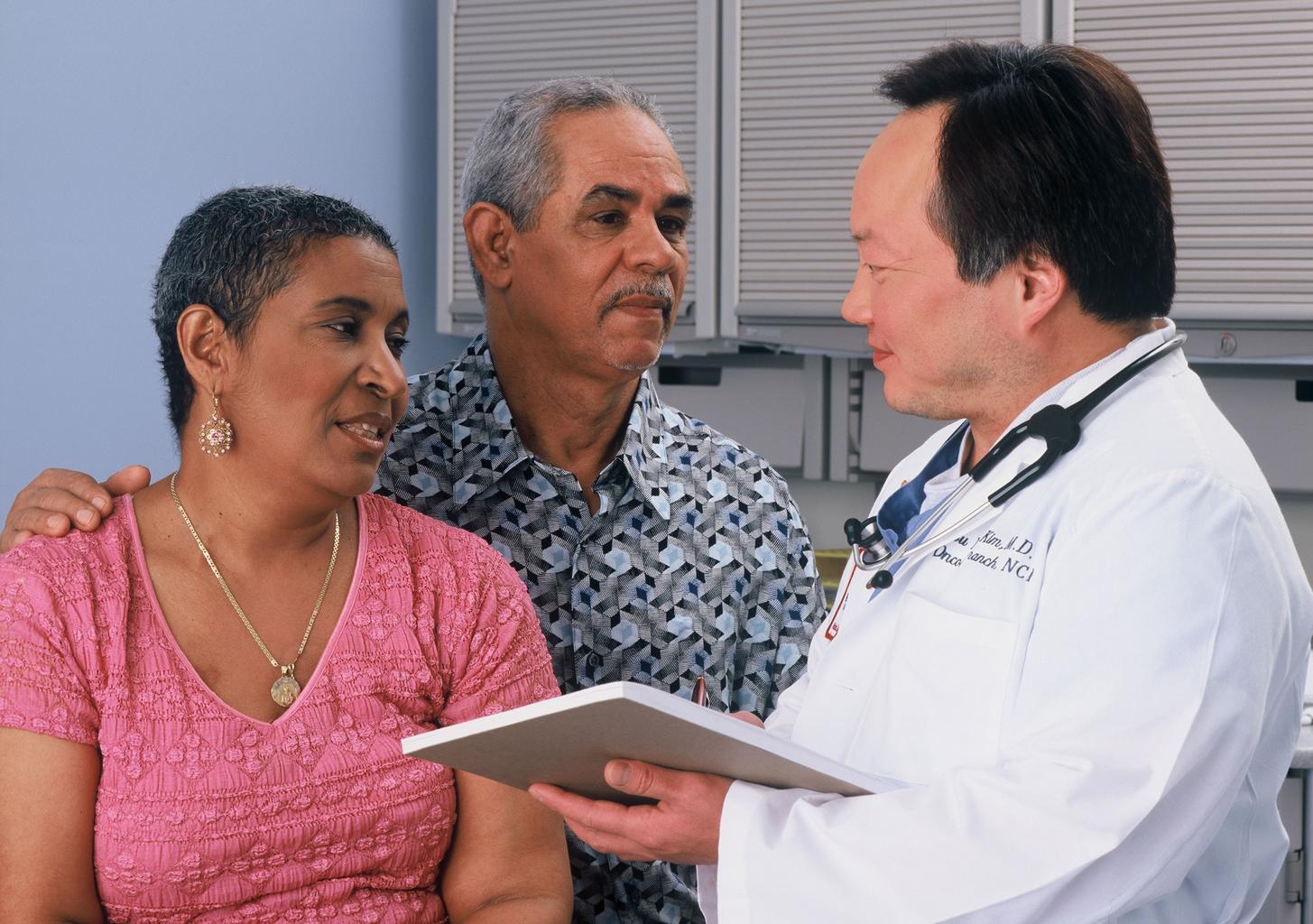If you’re reading this blog, you’re probably more health-conscious than the typical person. That being said, it’s still important to have a good understanding of what it means to be health literate.
According to the U.S. Department of Health and Human Services, health literacy is “the degree to which individuals have the capacity to obtain, process, and understand basic health information and services needed to make appropriate health decisions.” In other words, health literate people are proactive in making sure that they have the information and the care necessary to meet their health needs.
While this may seem simple, only 12 percent of adults in the U.S. are considered to have a proficient level of health literacy, according to the National Assessment of Adult Literacy. That means that nearly 9 out of 10 adults “lack the skill needed to manage their health and prevent disease.” Those adults (and their children) are far more likely to have poor health, in part because they use preventative services less frequently.
While this is a problem that adults across all demographics face, racial and ethnic minorities and non-English speakers face particular barriers to health literacy. That’s because they may not feel as comfortable interacting with healthcare professionals and vocalizing their needs. Furthermore, health information in their non-English proficient patients’ native languages may not be readily available.
So, what can you do to increase your own health literacy and that of your family and community? First, be active in conversations with your healthcare provider. Make sure that you understand any diagnoses that are given to you, as well as the information about treatment options and medical prescriptions.
You should feel empowered to speak up if you aren’t sure about something or if you feel that your medical needs weren’t addressed during your visit. If your doctor isn’t able to treat you for a specific ailment, ask them for specialist recommendations or alternate care providers.
If you are not a native English speaker, visit the SOMOS directory to find a doctor in your neighborhood, who speaks your language – or if you do not live in the New York City area, ask other community or family members for doctor recommendations. They may know of a practice with doctors and nurses who speak your native language! And be sure to keep an eye out for health pamphlets written in your native tongue.
Finally, a crucial element of improving health literacy is having conversations with your friends, family, and broader community about the importance of being proactive when it comes to their health. Offer to accompany your family members (particularly older adults) to their doctor visits so that they have someone along to help them ask the right questions and access the appropriate treatment.
Remind them that even if they aren’t feeling sick, they should make sure to schedule regular visits to a healthcare provider for checkups and any relevant testing. Creating a culture around preventative care is crucial to improving health outcomes and will also help save money on health costs in the long run!
Taking these simple steps will help you and your loved ones feel empowered and prepared to better their health.
Sources:
https://health.gov/communication/literacy/quickguide/Quickguide.pdf

